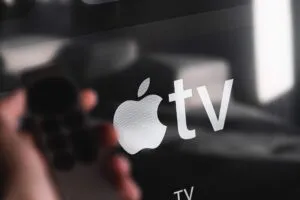
Choosing the right bottle can make feeding a seamless and enjoyable experience for both parents and infants. In this comprehensive guide, we will explore the various aspects of baby bottles, from types and materials to cleaning and safety tips.
Types of Baby Bottles:
- Standard Bottles: These are the traditional bottles with a narrow neck, suitable for infants who are transitioning from breastfeeding to bottle-feeding. They come in different sizes to accommodate various amounts of formula or breast milk.
- Wide-Neck Bottles: Characterized by a broader opening, wide-neck bottles mimic the breast’s shape, making it easier for babies to latch on. These bottles are ideal for infants who switch between breast and bottle.
- Anti-Colic Bottles: Designed with special venting systems, anti-colic bottles help reduce the ingestion of air during feeding, minimizing discomfort and gas for the baby.
- Disposable Bottles: Convenient for on-the-go parents, disposable bottles are pre-filled with formula and come with a disposable nipple. They are perfect for travel but may not be as cost-effective as reusable options.
Materials:
- Plastic Bottles: Lightweight and durable, plastic bottles are a popular choice. Ensure that the bottle is free from harmful chemicals like BPA, BPS, and phthalates. Opt for bottles labeled as “BPA-free” for a safer choice.
- Glass Bottles: An eco-friendly option, glass bottles are free from harmful chemicals and are easier to clean. They are heavier than plastic bottles but are less likely to scratch or retain odors.
- Stainless Steel Bottles: Known for their durability, stainless steel bottles are resistant to scratches and are free from harmful chemicals. They can keep liquids warm or cold for an extended period, making them a versatile choice.
Cleaning and Sterilizing:
Maintaining a clean and sterilized baby bottle is crucial for your infant’s health. Follow these steps for proper bottle care:
- Wash Bottles Promptly: Rinse bottles with warm water immediately after use to prevent formula or breast milk from drying and sticking to the bottle.
- Use a Bottle Brush: Invest in a bottle brush to clean the inside of the bottle thoroughly, reaching all the nooks and crannies.
- Sterilize Bottles Regularly: Boil bottles and nipples in water for about five minutes or use a bottle sterilizer to eliminate harmful bacteria.
- Avoid Microwave Sterilization: Microwaving bottles can create hotspots that may burn your baby’s mouth. Stick to boiling or using a sterilizer for a more even and safe sterilization process.
Safety Tips:
- Check for Cracks: Regularly inspect bottles for cracks or signs of wear. Replace any damaged bottles immediately.
- Monitor Nipple Flow: As your baby grows, adjust the nipple flow to accommodate their changing needs. A slow flow is suitable for newborns, while older babies may require a faster flow.
- Temperature Check: Test the temperature of the formula or breast milk on the inside of your wrist before feeding to ensure it’s not too hot for your baby.






